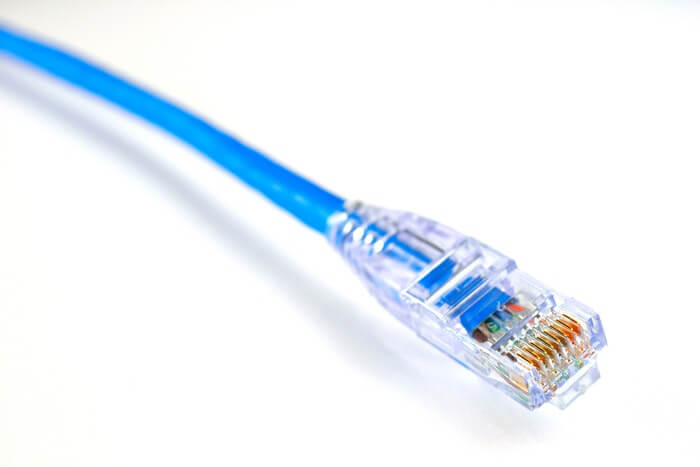Dial-up Internet Connection vs. ADSL Connection

The internet has become an integral part of human life and it is being used for an increasingly greater number of things on a day-to-day basis. When you want to get a new internet connection, there are two important things that go through your mind. You want a connection that offers good bandwidths (data) and great speeds – as no one likes sitting in front of their computers twiddling their thumbs while waiting for the page to load!
Dial-up
The dial-up internet connection is an old technology that uses your phone line along with a modem. Every time you want to connect to the internet, your modem literally makes a phone call to your ISP’s (Internet Service Provider) modem to create an internet connection. This is one of the slowest types of internet connection, but one that is cheap and readily available – as it was designed to use basic services like the phone line which is already in place. Also, once you are connected to the internet, your phone line cannot be used as it will give a ‘busy’ signal. ISPs charge for your internet connection by the minute, so the longer your page takes to load, the more your charges. The cost usually comes down to the same charges as a local phone call, so if used judiciously, dial-up connections are very cost-effective too.
A dial-up connection uses a standard 56K modem and can transfer 56kilobits of data per second (in theory). Considering that an average web page with images is around 50kilobytes, it will take around 7 seconds for a page to load into your browser. Here the digital data has to be converted to analog before sending and vice versa when receiving files. This further slows down speeds with dial-up connections.
ADSL
Asymmetric Digital Subscribers Line (ADSL) connections are widely available and provide excellent performance with greater speeds and larger data transfers when compared to dial-up connections. This technology works by splitting your telephone line into two, such that you can use the phone and the internet at the same time.
Most ISPs offer packages with fixed bandwidth each month. Since data transfers are digital, there is no loss in performance overheads as associated with the dial-up connections. ADSL connections are always ‘on’, so there is no wastage of time waiting for a connection as with the dial-up technology.
The downside to ADSL connections is their unavailability is some areas, so do check with your ISP. They also cost a little more than dial-up connections and require more hardware.

